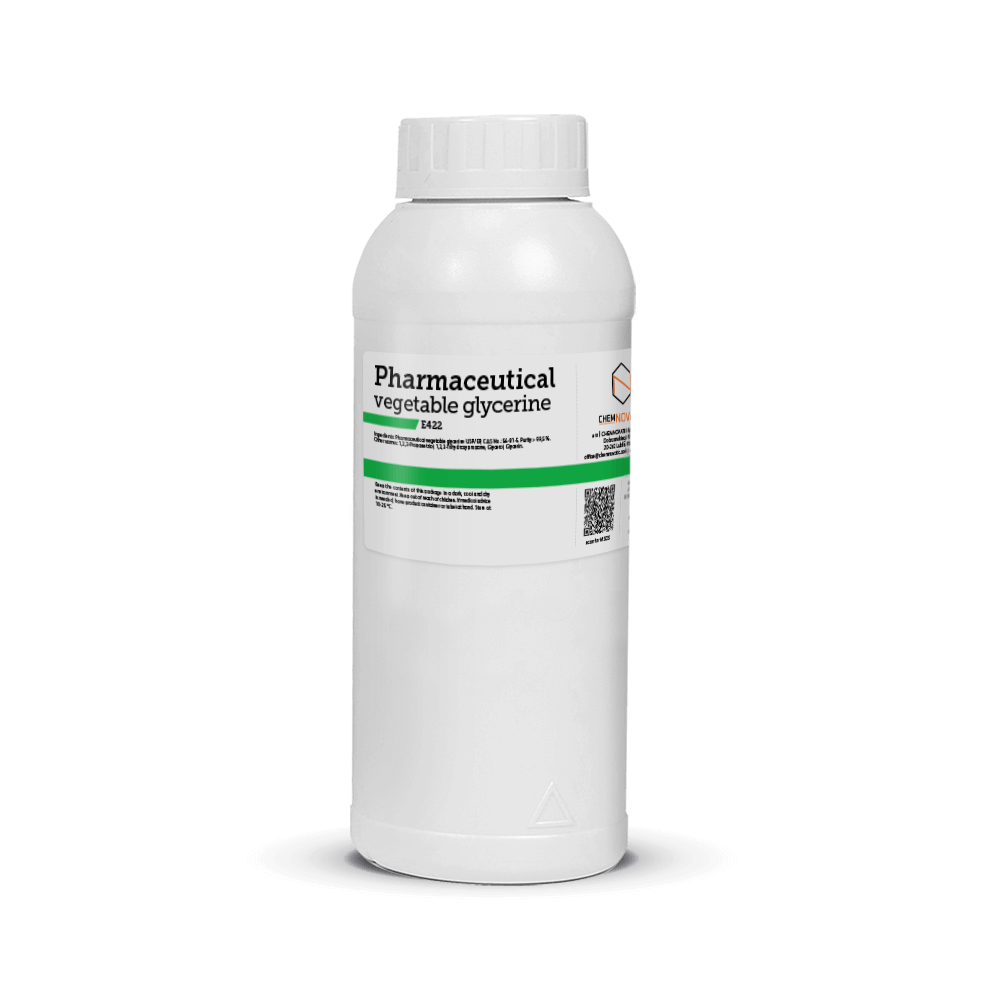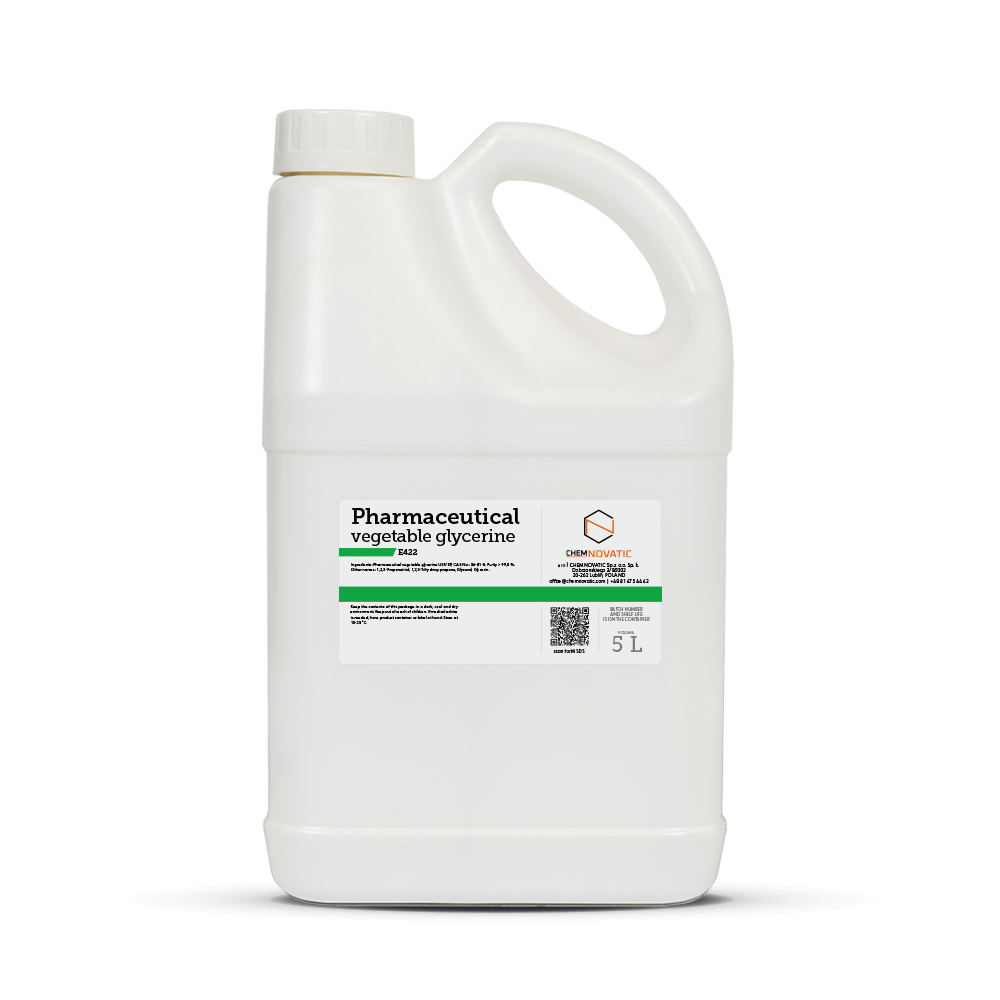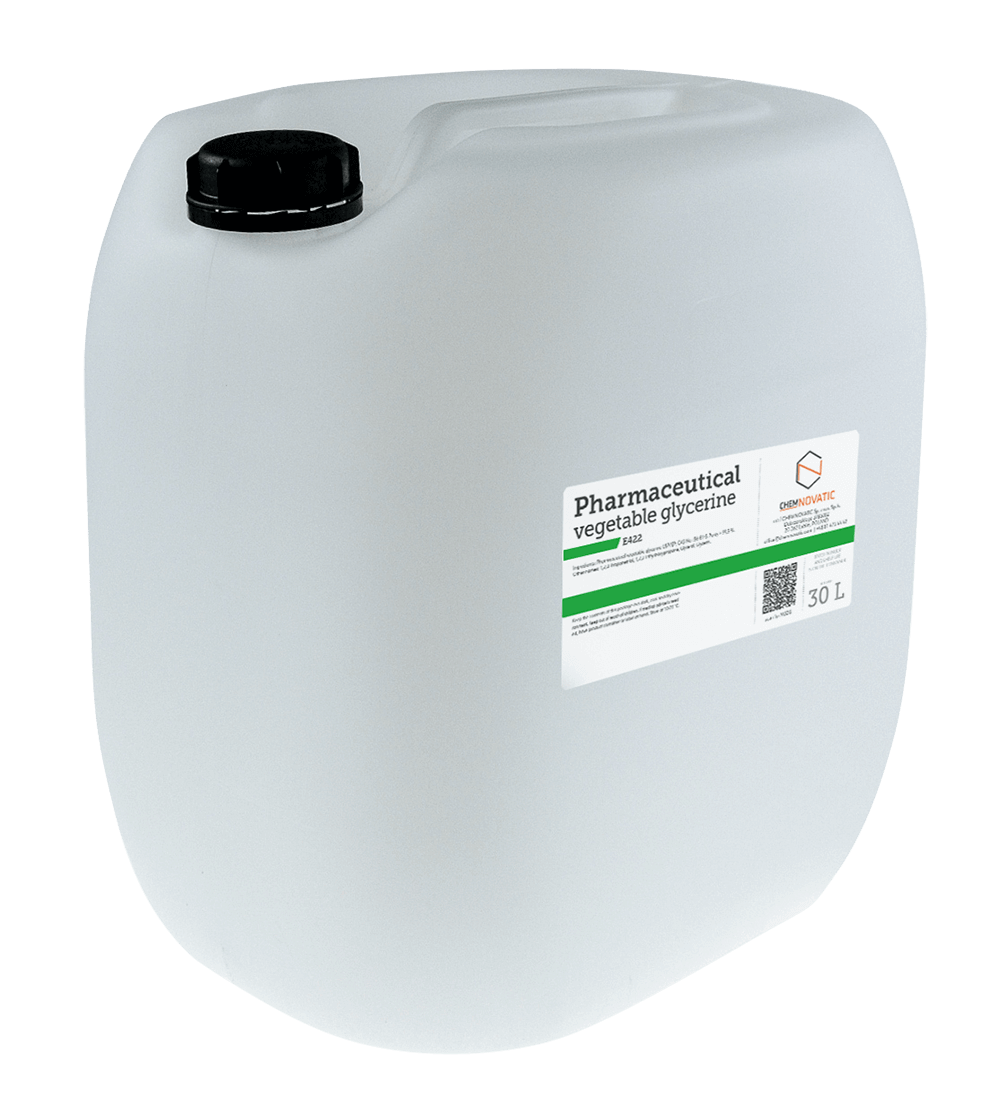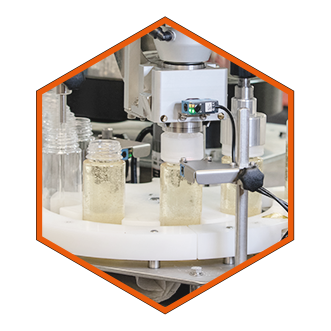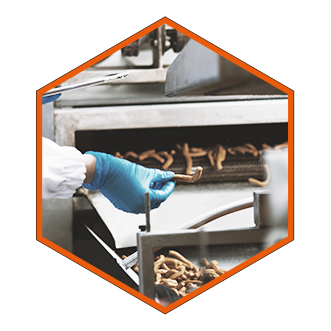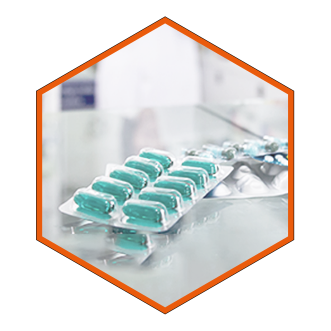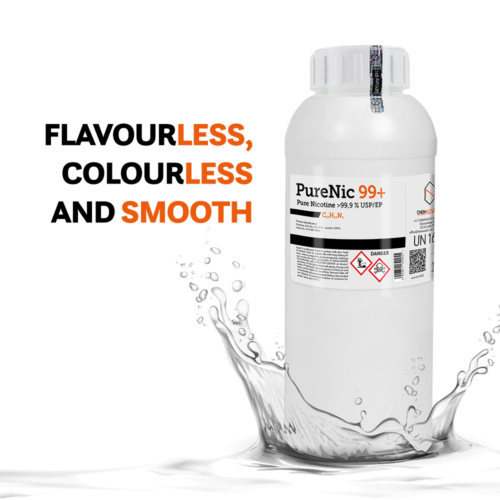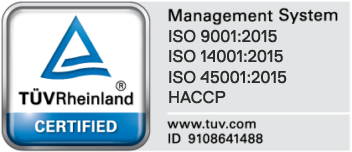Vegetable Glycerine (VG) comes from plant-based sources: palm oils, coconuts, or soybeans. VG has many uses in various organic products as a humectant, solvent, emollient, sweetener, bodying agent, preservative, and many more. It dissolves in water and alcohol, consequently helping to mix products of various origins.
- Product of pharmaceutical grade (USP/EP)
- Wide range of applications in various industries, such as foods, cosmetics, pharmaceuticals, e-liquid, and more
- Approved for contact with food






